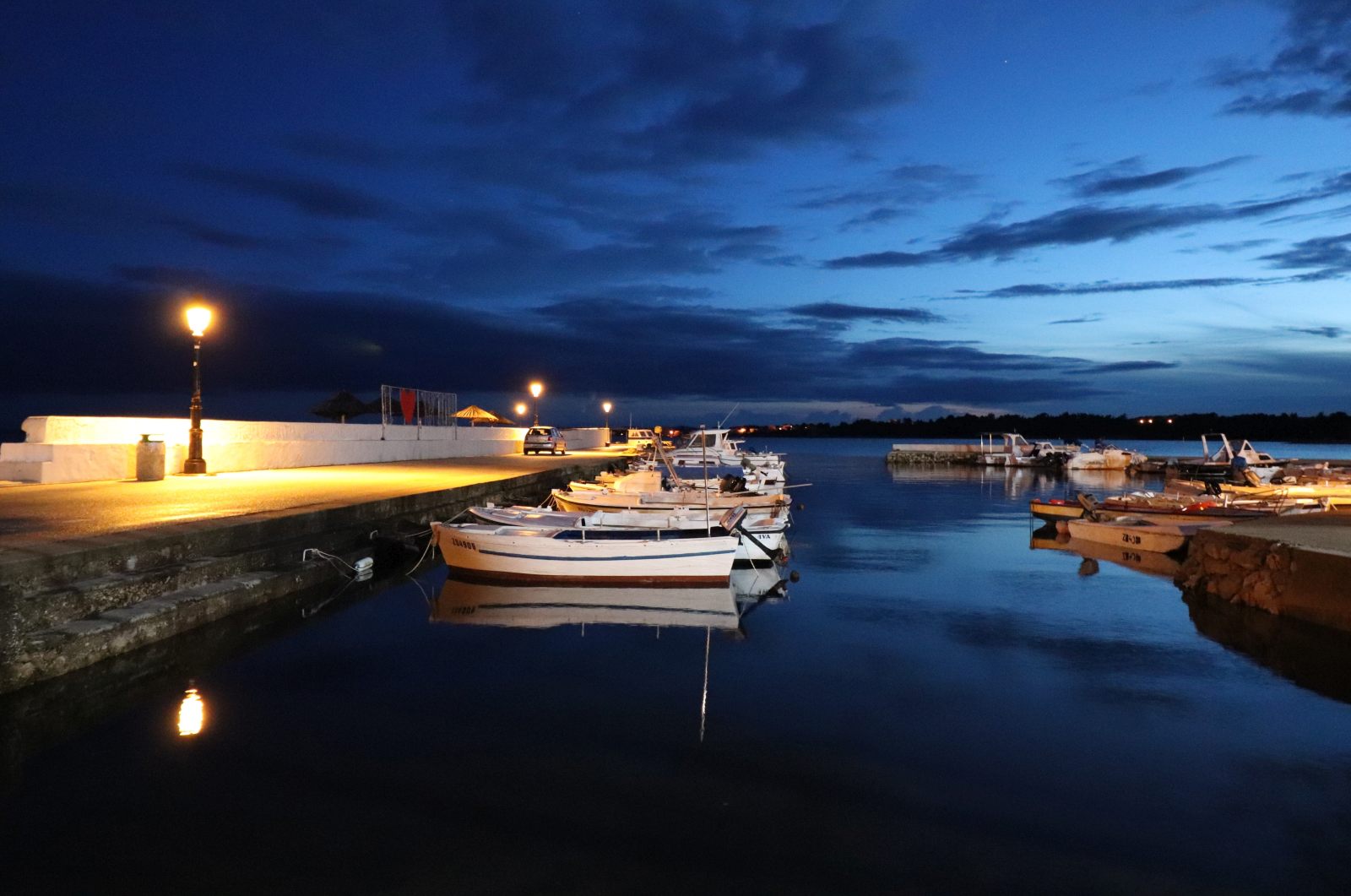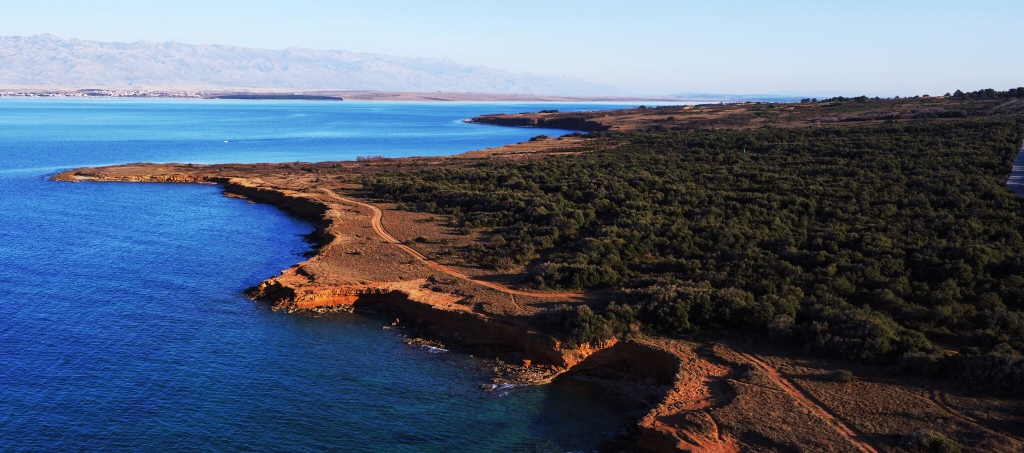About Vir
Vir, by its name, is mentioned in written historical sources in the document Mare nostrum Dalmatikum from 1069., where it is stated as an island for the first time. It is a gift from the Croatian king Petar Krešimir IV
Island of Vir is situated at the very end of the northwestern part of Zadar County, only 25 kilometers from the regional center of Zadar, the ancient Dalmatian city and its historical metropolis in long and various times. On the north and partly east side Vir faces the island of Pag, mythical Velebit mountain, and the historical town of Nin, while on the west and south side it is immersed in Vir Sea and it is connected to the land of neighboring Privlaka by a bridge. Although, throughout history, Vir was a peninsula, its protruding and protected position in the sea, forest-covered and underground sources of drinking water made it even from the prehistorical times attractive for life and ideal for game hunting. In the Iron Age Vir was inhabited by the Liburnians. Several archeological sites testify their presence on the island: ruins on the hill of Bandira, remains on the northern part of the island in Gaj, and many grave ones. On the other hand, a multitude of amphorae testifies to the Roman Empire and even the largest ever found on the east coast of the Adriatic. In the time of the Roman Empire Vir, as a peninsula, was connected to the neighboring land by the road Via Communis that went from Vir through Privlaka to the administrative and cultural center of the region, the historic town Nin.

Vir, by its name, is mentioned in written historical sources in the document Mare nostrum Dalmatikum from 1069., where it is stated as an island for the first time. It is a gift from the Croatian king Petar Krešimir IV, which speaks of the donation of the island of Maun to the Benedictine monastery of St Krševan in Zadar, and it is written that on the east side of Maun there is an island called Vir. That is the first mention of the island and the location of its position in the wider Zadar area, and since there are no older written data, it can be assumed that it has been used since ancient times.

Until the 20th century Vir was mostly a sparsely populated island with agriculture and stock-breeding as the main occupations of the islanders, and since the historical repurchase of the island in 1908. starts its faster development. At that time, 89 Vir families repurchased the island from the landowner Bakmaz, measured it and divided it among themselves. In honour of this fact every year on 13th of August Vir traditionally celebrates Vir night, the most important cultural and entertainment event that gathers more than 20 000 tourists, visitors and friends all over the world. After the construction of the bridge in 1976, economical and tourist conditions were created for development of the island which began in the 2000s. Today, Vir has a historically largest population, almost five thousand people or six times more than at the end of the 20th century, which speaks about its rapid development, communal infrastructure, positive demographic processes without a similar example in Croatia and positive consequences of tourism development, which generated the development of other activities where more than a thousand people work.

